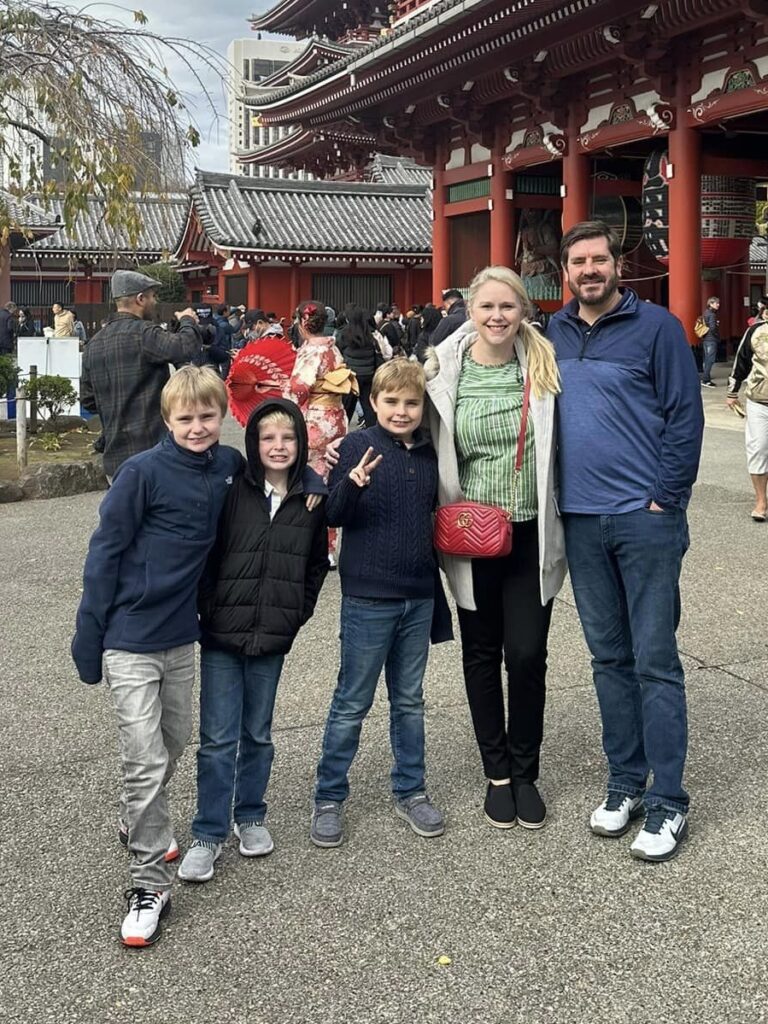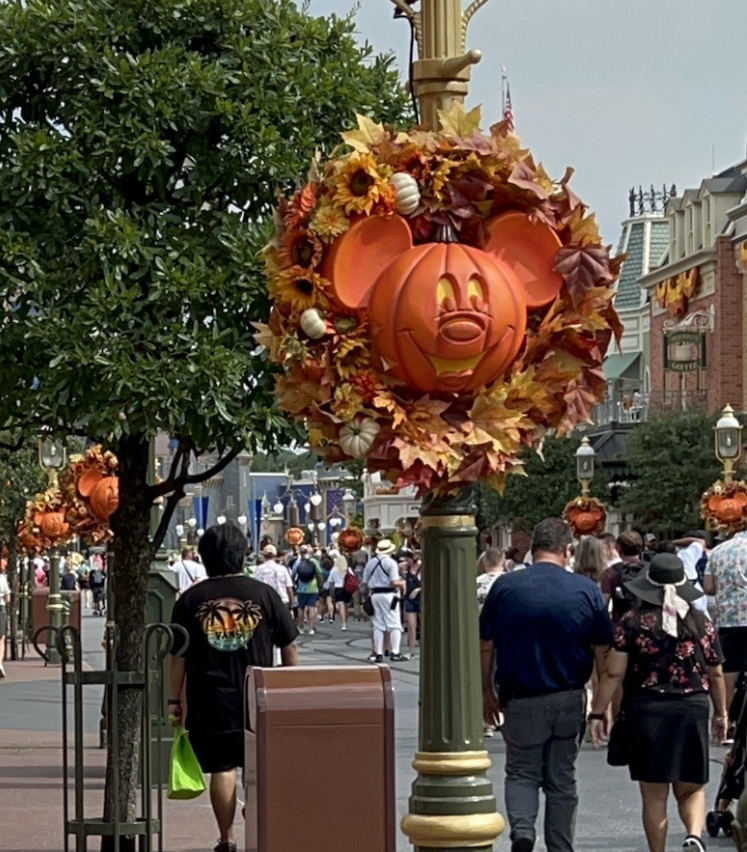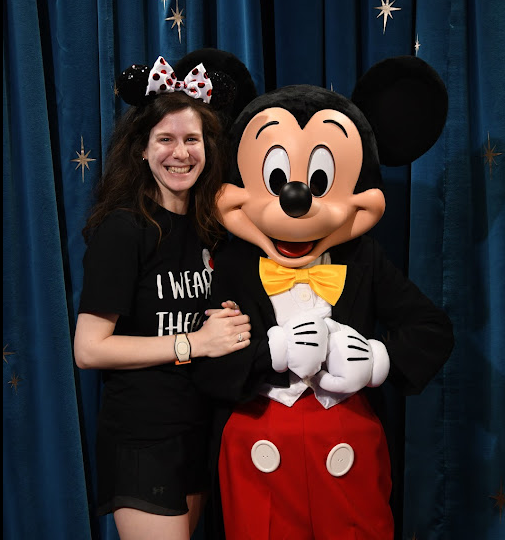
Key West, Florida, is a haven for the famous, the nonfamous and for those looking to get a little lost. Everyone seems to enjoy Key West's relaxed pace, storybook architecture, colorful history, live-and-let-live local attitude and end-of-the-world feel.
The natural surroundings in Key West are just as pleasant: Hibiscus, bougainvillea, palm trees and other flora and fauna give the island a tropical feel and smell.
And when the sun begins to set each day, there's cause for celebration as street performers, arts-and-crafts vendors and other characters participate in the waterfront activities at Mallory Square.
Venture off the island for snorkeling, diving or fishing. Or you can just walk around Old Town and soak up the mix of flavors, including hints of Cuba and Old Florida.
But no matter how you spend your time in Key West, expect to be part of a crowd, because Cayo Hueso, as the Cuban locals call it, draws droves of visitors, many of whom wish they could become locals, if not genuine conchs (that's Key West-talk for island natives).
Must See or Do
Sights—Spectacular sunsets and the street performers at Mallory Square; Key West's Historic Harborwalk.
Museums—Ernest Hemingway Home and Museum; Mel Fisher Maritime Museum; Harry S. Truman's Little White House Museum.
Memorable Meals—Eating alongside chickens and roosters in the courtyard at Blue Heaven; lunch beachside at Latitudes on lovely, away-from-it-all Sunset Key; seafood along the harbor at Alonzo's Oyster Bar.
Late Night—The Green Parrot, one of Key West's oldest bars; Sloppy Joe's, Hemingway's favorite hangout, followed by a second round at the bar's original location, now Captain Tony's Saloon; the Key West Pub Crawl; a handcrafted libation at Burgundy Bar when you tire of the "scene."
Walks—Strolling through Key West Cemetery and reading the sometimes off-the-wall crypt inscriptions; seeing the city on foot; the Southernmost Point in the U.S.; doing the Duval Crawl.
Especially for Kids—Key West Aquarium; the Key West Butterfly and Nature Conservatory.
Geography
The tiny island (2 mi/3 km wide by 4 mi/6 km long) is one of about 1,000 coral islets in the Florida Keys, an archipelago that stretches 126 mi/203 km southward from the tip of mainland Florida. U.S. Highway 1, also known as the Overseas Highway (it spans the East Coast and straddles the Gulf of Mexico and Atlantic Ocean in the Keys), links Key West to the rest of the state. The roadway ribbons its way across 34 of the islands that form the Florida Keys and over 43 connecting bridges, including one that's a spectacular 7 mi/11 km long.
Because Key West is small and a snap to navigate, you can easily explore most of it on foot (or, better yet, on bicycle). The main sights are concentrated in Old Town, on the western side of the island. Duval Street is the main thoroughfare, packed with bars, souvenir shops and bed-and-breakfasts. Off Duval, Old Town's streets are lined with picket fences and Victorian-era frame houses decorated with gingerbread trim.
History
The U.S. government acquired Key West from Spain in 1819 as part of the Florida Purchase, and back in those days, pirates were active in the area. After the U.S. Navy put the pirates out of business, most of the isolated islanders made lucrative livings as wreckers, salvaging the booty from ships that wrecked on the coral reefs offshore. In fact, between 1828 and the 1850s, Key West was considered the richest city, per capita, in the United States.
That business waned in the mid-1800s after the government built lighthouses, so the islanders turned to shrimping, fishing, sponging and cigar making—with the help of Cuban dissidents who had fled their island and Spanish rule. John James Audubon visited Key West and the Dry Tortugas in 1832, but for the most part, the islands were unknown to outsiders. During the Spanish-American War and World War I, major military installations were built on Key West, but much of the local economic base began to fade in the 1920s as the military left and the cigar industry moved northward to Tampa.
After the Depression, the city began to bill itself as a tourist destination, advertising its weather, architecture and lifestyle. Artists and writers flocked there; notable 20th-century visitors included writers Tennessee Williams, Elizabeth Bishop and Ernest Hemingway, as well as U.S. President Harry S. Truman.
In 1982, Key West residents declared it tongue-in-cheek as the Conch Republic, as a means of attracting attention to local concerns they felt the Florida legislature was ignoring, and—quite intentionally—brilliantly used the attention to showcase Key West as a quirky tourist destination.
Today, tourism remains the mainstay of the local economy—each year this city of roughly 25,000 permanent residents draws hundreds of thousands of visitors, who arrive by plane, car and cruise ship.
Potpourri
The gumbo limbo, a common South Florida shade tree that grows abundantly in Key West, is also known as the "tourist tree" because its bark is always red and peeling.
What exactly is a conch (pronounced konk)? First, it's a marine mollusk that is served as seafood, especially in the form of Key West favorites: conch fritters, conch chowder and cold conch ceviche. Anybody born on the island is also called a conch, and nonnatives who live there for at least seven years are known as freshwater conchs. You'll no doubt become familiar with Key West's nickname—the Conch Republic.
One of the early Spanish names for Key West was Cayo Hueso ("island of bones")—a reference to the scattered bones early explorers discovered on the island. Their original name was a bit more gruesome: The first sailors saw the twisted, thick mangroves resembling tortured figures and named Key West and its adjacent islands Los Martires (the martyrs).
Except for rain, Key West has no natural source of freshwater, so the island's water is piped more than 100 mi/160 km through an aqueduct from Homestead, Florida.
Parrotheads, as loyal devotees of singer Jimmy Buffett are known, gather in Key West annually. Locals know that Buffett himself is known to show up at these conventions and even to host an unannounced concert in the streets of Key West, much to the delight of the Parrotheads.
Travelers along the Overseas Highway will see mile markers on the right shoulder or on the median strip. These small green signs bearing white numbers begin with number and mile 126, just south of Florida City. Mile markers decrease from Florida City to Key West, ending with the zero marker at the corner of Fleming and Whitehead streets in Key West. Keys residents often give these markers when giving addresses.
Although Florida joined the Confederacy during the Civil War, Key West was considered to be on the Union side. It was the only southern city to remain in Union hands.
Location
Cruise ships drop anchor offshore or tie up at either Mallory Square, the privately owned Pier B or the Truman Annex on Thomas Street (also known as the Outer Mole). All three docking areas are on the west end of the island and are within walking distance of Old Town—the concentration of streets with most of the restaurants, shops, bars and sights.
The Chamber of Commerce office is a short walk from Mallory Square and has brochures for self-guided walking and biking tours that focus on a variety of subjects, including Key West's famous writers, architecture and museums, as well as half-day boating excursions. Phone 305-294-2587. http://www.keywestchamber.org.
Shore Excursions
Typical excursions include a trolley tour of the town or exploring the island by bicycle. On the water, go sailing, snorkeling or kayaking; explore the deep from a glass-bottom boat; or go deep-sea fishing for sailfish or dolphin (mahimahi) or flats fishing for bonefish or tarpon. Check with your travel agent for additional information.
The Conch Tour Train takes passengers for sightseeing around Key West every 30 minutes. You can sign up for the Conch Train Tour at Front Street by Mallory Square (walking distance from the port). You do not need to pay extra to sign up for this excursion on your ship.




































